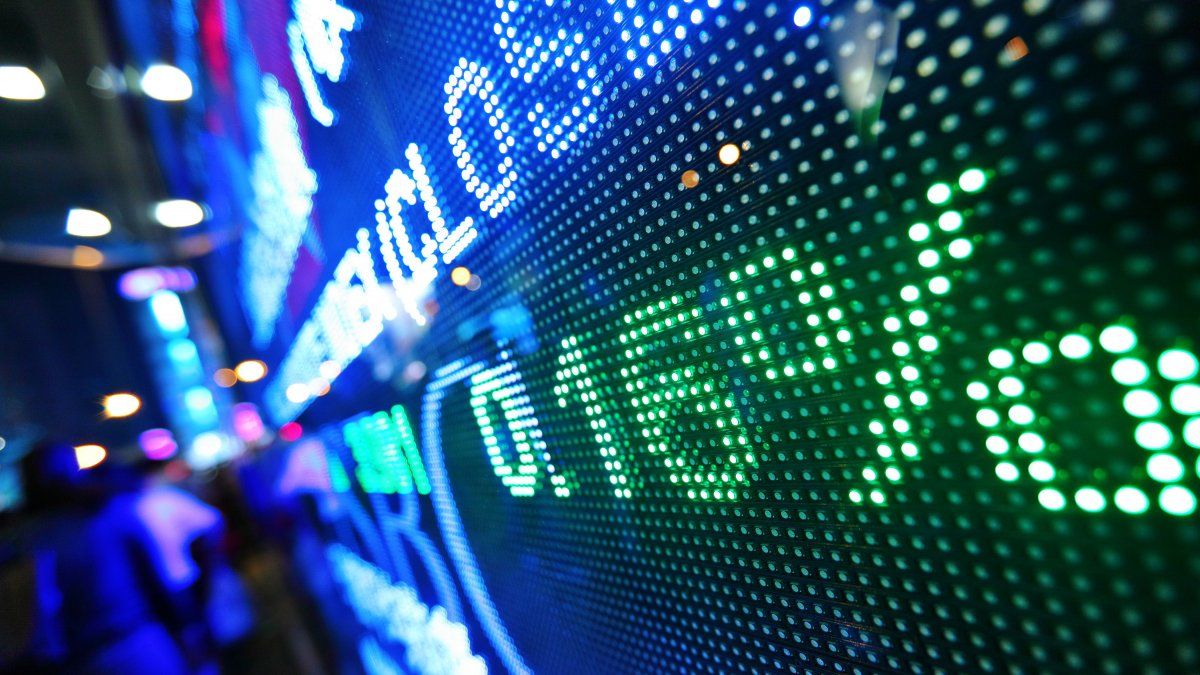In recent weeks, the main Argentine financial entities –Banco Macro (BMA), Banco BBVA (BBAR) and Grupo Financiero Galicia (GGAL)– presented their results for the last quarter of 2022 (4Q22). They were generally positive. BMA and BBAR managed to grow in total net income, and BBAR and GGAL were able to add to their net results. However, What is most interesting is what these results reveal.so we are going to delve into them.
First of all, we highlight that BMA increase its net income for the period, totaling $100,668 million (+16% vs. 4Q21). Of these, 83% was explained by interest, while the remaining 17% was by commissions. In this way, interest income advanced 274bps compared to the composition of 4Q21. Thus, income considered stable for banks continued to rise in real terms.
Nonetheless, BMA generated a net result of $16,614 million, remaining 19% below its result in the same quarter of 2021. This was due to worse results from the measurement of financial instruments at fair value (-$3,366 million vs. $6,891 million in 4Q21) and worse results from the net monetary position (-$56,970 million vs. -$29,565 million in 4Q21). Curiosity, however, rests on the proceeding of interest income. Dependence on public securities advances, having accounted for 61% of total interest income. This represents a growth of 1,632 basis points (bps) compared to its share in 4Q21. Thats not all. As expected, this is also a consequence of a greater holding of public assets. The instruments issued by public entities in Banco Macro’s portfolio totaled 50% of the bank’s total assets at the end of 2022.
continuing with BBAR, income generation was mainly linked to interest. With total net income of $116,239 million (+51% vs 4Q21), net interest income accounted for 91% of the total, increasing its share 604bps year-over-year (yoy). For its part, BBAR managed to maintain the advantage of revenue growth for the net result, growing 51% year-on-year, and closing the quarter at $17.1 billion. As in the case of BMA, the relevant data appears when breaking down the source of interest. Exposure to the public sector follows an upward trend, with public securities accounting for 39% of all the bank’s assets.. Thus, the 15% year-on-year increase in the holding of public sector assets meant that their representation over total assets amounted to 567bps. As a consequence, together with a level of higher rates offered, income from public securities increased 232%, acquiring a 42% share of total interest incomewhich represents an increase of 1,875bps compared to 4Q21.
closing with GGAL, his closing of the year was particular. On one hand, his Total net income ($45,655 million) fell -53% year-on-year, driven by its net interest income that plummeted -79% since 4Q21. Thus, the composition of total net income was reversed, becoming the net result from commissions the one with the greatest weight, with 69% of the total. On the other hand, the net result for the period grew +70% yoy to $22,283 million.
How was this possible? The revaluation of financial instruments generated $129,280 million (+212% vs 4Q21). It should be noted that, although this source of income for banks is considered less stable than income from interests or commissions, in GGAL it has been observing a greater impact on the final results for several quarters. The curiosity in the case of Grupo Financiero Galicia is that, of this revaluation of assets, $116,017 million corresponded to public titles, that is, 90%. Additionally, like BMA and BBAR, in GGAL there is a greater weighting of public instruments in the portfolio. Currently, they represent 26% of the group’s total assets and 30% of the bank’s total assets. This means an increase of 1,114bps and 1,299bps year-on-year, respectively. Thus, it can be seen that, within GGAL’s total interest income, 27% is explained by public securities, which implies an increase of 1,849 bps yoy.
Detail of Income and Exposure to Public Risk for the fourth quarter of 2022
ppi banks.jpg
Fountain: Personal Portfolio Investments (PPI)
Summarizing, although the banks have been achieving positive results in recent times, the crowding out caused by the public sector. The Treasury and the BCRA have displaced the private sector from the market, by offering rates at which not all private companies are willing to take loans. Logically, this is also a consequence of the macroeconomic context, where the level of inflation has pushed the aforementioned entities to offer high nominal rates to achieve positive real rates, and thus manage to contain the demand for foreign currency. Having said that, the prospects of the sector for investors are not good. The debt swap in pesos in the second quarter of 2023 serves as proof. After extensive negotiations, where both financial institutions and the Treasury had to give up ground, the banks entered into a swap that had a lower than expected acceptance (57.8% vs. 65/70%). Thus, their portfolios were partly made up of instruments that the market clearly did not want.
We believe that reversing this dynamic to reach a scenario where banks grow based on genuine credit demand (today the private loans/GDP ratio is close to historic lows) from the private sector, boosting the growth of the Argentine economy It will require a comprehensive effort and a gigantic structural change. And it is difficult for 2023 to be the year in which we see such a turnaround. Even less considering the international conditions in which the world finds itself after the fall of Silicon Valley Bank. so it is in our recommended portfolio we continue with a lower weighting for the sector than that observed in the S&P Merval index.
PPI Analyst
Source: Ambito
I am a 24-year-old writer and journalist who has been working in the news industry for the past two years. I write primarily about market news, so if you’re looking for insights into what’s going on in the stock market or economic indicators, you’ve come to the right place. I also dabble in writing articles on lifestyle trends and pop culture news.




